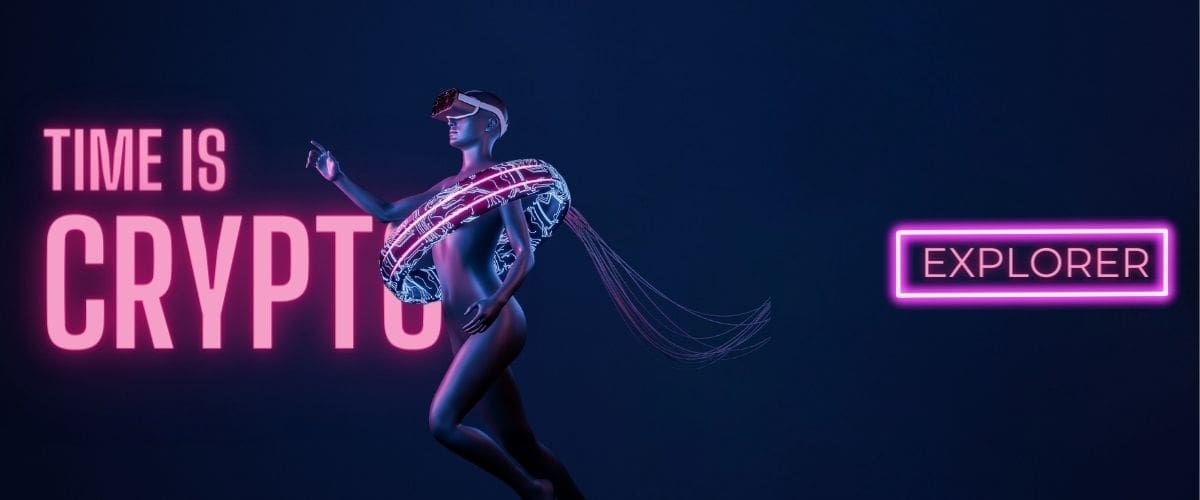As we head into 2023, the enthusiasm among cryptocurrency investors, particularly in the metaverse space, is rekindling.
In response to the Web3 transformation of the internet, Facebook has undergone rebranding, and numerous companies are intensifying their focus on the metaverse.
Therefore, for investors looking to create a metaverse-themed altcoin portfolio in 2023 and facing a choice between MANA and SAND, the decision of which to invest in becomes pivotal.
MANA vs. SAND
The Metaverse’s potential in 2022 heightened investor enthusiasm, significantly boosting Decentraland’s visibility. However, interest has dipped somewhat due to limited progress in the field and possibly exacerbated by the bear market. Yet, recent metrics indicate a growing interest in MANA.
The key question now is: What extent of growth has MANA experienced recently, and what profits are investors reaping from this growth? Decentraland’s price has seen a steady rise due to a recent rally, following a period of inactivity due to earlier disinterest.
The price of the asset has lately been buoyed by an uptick in large-scale (“whale”) purchases. Santiment data, as of Jan. 13, revealed a daily spike in MANA transactions exceeding $100,000. Analysis of the graph shows an average well over 50.
At the time of writing, whale transaction numbers were around eight. Decentraland is a virtual reality platform allowing users to create, enjoy, and monetize content and applications in a decentralized world.
The platform supports user-generated games, social networks, and other applications. Decentraland’s in-game currency, MANA, is utilized for purchases like land and services.
With an annual token inflation of about 3%, the likelihood of a price drop due to a supply shock is minimal for MANA. Until APE’s rise, MANA Token typically held the title of the largest metaverse altcoin by market cap.
The scenario for SAND is somewhat different. SAND and MANA Tokens have significant differences, particularly in token inflation. This year, SAND Token inflation is about 20%, and a double-digit pace increase in circulating supply could diminish the value per SAND token, even if the market cap grows.
Recent data indicates that the heightened activity of MANA whales positively impacts the currency’s volume. There’s been an uptick in MANA transactions, as indicated by volume metrics.
Additionally, MANA’s 30-day Market Capitalization/Realized Value (MVRV) ratio shows traders have made profitable moves during this period. In the short term, MANA seems to be outperforming SAND Token in popularity, and its price outlook appears more favorable for now.
Nonetheless, in the long term, both MANA and SAND Tokens are regarded as top contenders in the metaverse altcoin domain.
Metaverse Altcoin Basket
At the close of 2021, the metaverse topic seemed more like a marketing gimmick for big brands. However, now we are witnessing companies genuinely seeking solutions in this area, introducing innovative ideas.
We’re at the nascent stages of the Web3 transformation, and over the next decade, we can expect the emergence of Web3’s own behemoths akin to Facebook and Twitter, potentially reaching valuations in the tens of billions.
The cryptocurrency markets encompass more than just speculative price movements. Cryptocurrencies play a pivotal role in facilitating the technical aspects of the Web3 transformation in a decentralized manner.
Crypto developers have initiated thousands of open-source projects, and each day, blockchain-based crypto products are increasingly performing novel functions.
Thus, innovation is at the forefront, and cryptocurrencies extend beyond mere pricing. Consequently, it is imprudent to overlook projects like APE Coin, which, similar to SAND and MANA, have robust communities and are favored by institutions.
You may also like this content
- The Metaverse: What it is, How to Enter, and Its Potential Impact
- Metaverse 5 Reasons Why its Awesome
- Metaverse Coins Buying Guide

